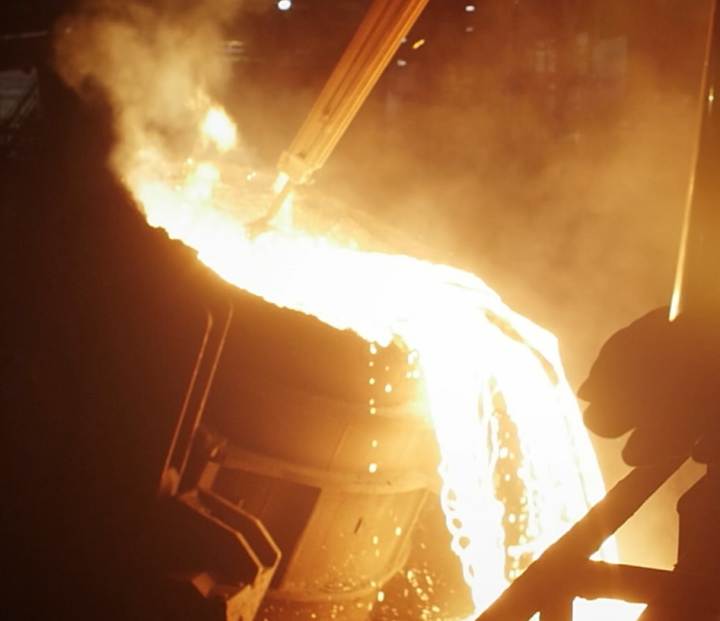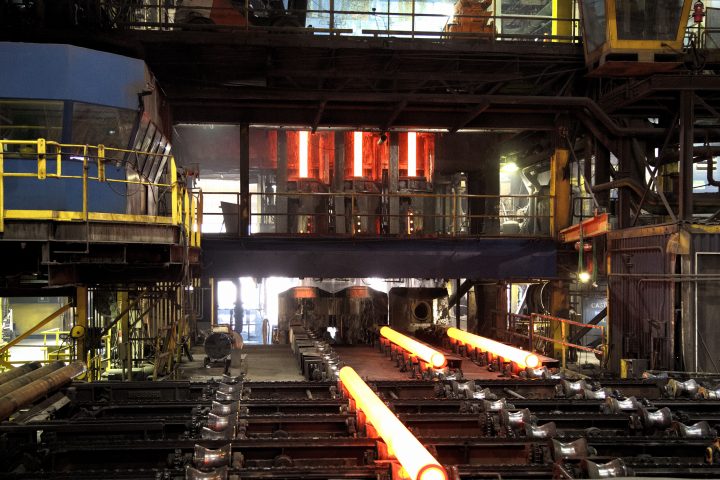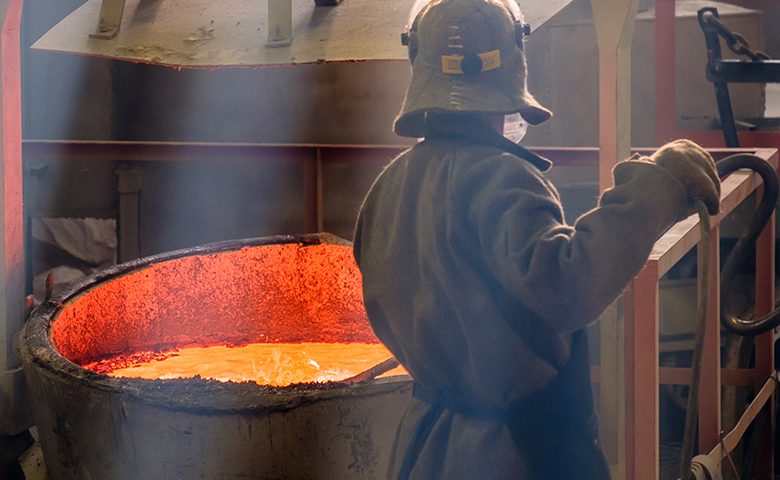The bright glow of molten steel, white-hot steam billowing from ladles, the loud crash of a charge in a furnace, the electrode buzz, occasional bursts of fiery sparks—this picture only skims the surface when it comes to why steel mills are considered risky business. High risk equates to a high number of safety procedures and with three special steel mills and a heat-treating facility located throughout the United States, Gerdau Special Steel North America makes safety a top priority.
 Gerdau Special Steel North America
Gerdau Special Steel North America
Safety is about the people that work within a facility. And one consistent thing that applies across the board is that people are fallible. SafeStart understands that actions and abilities fluctuate and works with companies to reduce what is considered to be human error by focusing on the people that perform and supervise the job functions as well as the systems and procedures that make sense on paper.
Companies are often drawn to SafeStart to reduce their total recordable injury rates and the severity of the incidents that are occurring in their facilities. As one of the largest steel producers in North America, Gerdau is no exception. After they first implemented SafeStart in 2012, Gerdau in Fort Smith, Arkansas went three and a half years without a lost-time accident.
 Gerdau Special Steel North America
Gerdau Special Steel North America
But over time, their accident rate started to rise again. When General Manager John Kelleher asked the employees why they thought the accidents started going back up, one of Gerdau’s original SafeStart trainers William Bray spoke up in front of his peers and said, “John, do you realize we’ve hired 120 plus people in the six years since we implemented SafeStart? We need to bring SafeStart back, everybody needs a refresher and the new guys don’t even know what SafeStart is.”
 William Bray, Gerdau Special Steel North America
William Bray, Gerdau Special Steel North America
With SafeStart, Gerdau empowered its employees to keep each other safe. It was through this empowerment and his passion for SafeStart that William impressed management enough to be promoted to Safety Specialist. When William started with Gerdau, he did not intend to be there long term. He was going to finish his education and become a teacher—this job was only temporary. Flashforward the 20 years that he’s been at Gerdau, he’s worked his way up from the bottom through the ranks. When it was suggested that William become a SafeStart trainer in 2012 due to his background in education, he agreed it would be a good fit for him. He covered the SafeStart material as any teacher would but he found he was only going through the motions. It wasn’t until later that year when William fell 20 feet from a tree while bow hunting that he discovered the meaning behind what he was teaching. From that moment forward, he applied the SafeStart teachings to every aspect of his life.
In 2018, William was responsible for delivering almost every SafeStart session in the plant. “I knew the second time around that I was going to have to approach teaching SafeStart a different way instead of just the mainstream approach I took the first time,” William said. “I knew I needed to inspire these guys and reach them on a different level.” As the lead instructor, he didn’t intend on implementing all of the sessions for the entire plant. But because he believed in the process and wanted to ensure employees received their scheduled training, he took over for other instructors when they were on vacation, he even came in on his own scheduled vacation days and people took notice of that. His passion was evident and more and more people requested that he specifically teach their classes which snowballed to the point where he was responsible for the whole plant. This was one of the main reasons that his name was the first suggested when the Safety Specialist position became available.
Implementing SafeStart for the second time, William recognized that he had to reach people on a personal level. Even though he liked the idea of safety, and he knew the importance of the SafeStart training, he realized he wasn’t reaching people on a personal level the first time around. He wanted their respect and he got that by taking the time to talk to each person. He told them his story and explained his reasons for incorporating SafeStart into his daily life. His passion is hard to be contained. He noticed a big difference on his walkarounds—the workers who were reluctant to share their stories in training were stopping him on the floor to voluntarily give him their story. And the other workers who were nearby also volunteered their stories after hearing the first story. Near-miss reporting increased significantly (even though reporting has always been anonymous) because the workers believe in the process, their voice means something and they trust that the safety team will follow up.
Safety isn’t only about the numbers on paper but they certainly help with company buy-in. After the 2012 SafeStart implementation, there was a 28% reduction in total recordable incident rates (TRIR) from the previous year; after the 2018 implementation, a 20% TRIR reduction; and after the 2019 implementation of the SafeStart extended application units there was a 19% TRIR reduction. The other Gerdau plants are taking notice of the results that the Fort Smith plant is yielding from SafeStart and are now looking to implement the program. A big part of Gerdau’s success is having management on board. “It helps when your plant manager is a one-hundred percent believer of SafeStart,” William concluded. “John Kelleher believes in the process, he backs it one-hundred percent. When the SafeStart process was turned over to me I knew he was passionate about the program and I didn’t want to let him down. He believes in me, he believes in the program so I’m going to do whatever it takes to make this a success.”
Check out our EHS Careers Guide if you’re looking for more qualities, skills and traits to excel in your EHS Career (and hopefully to get an outcome like William!).

